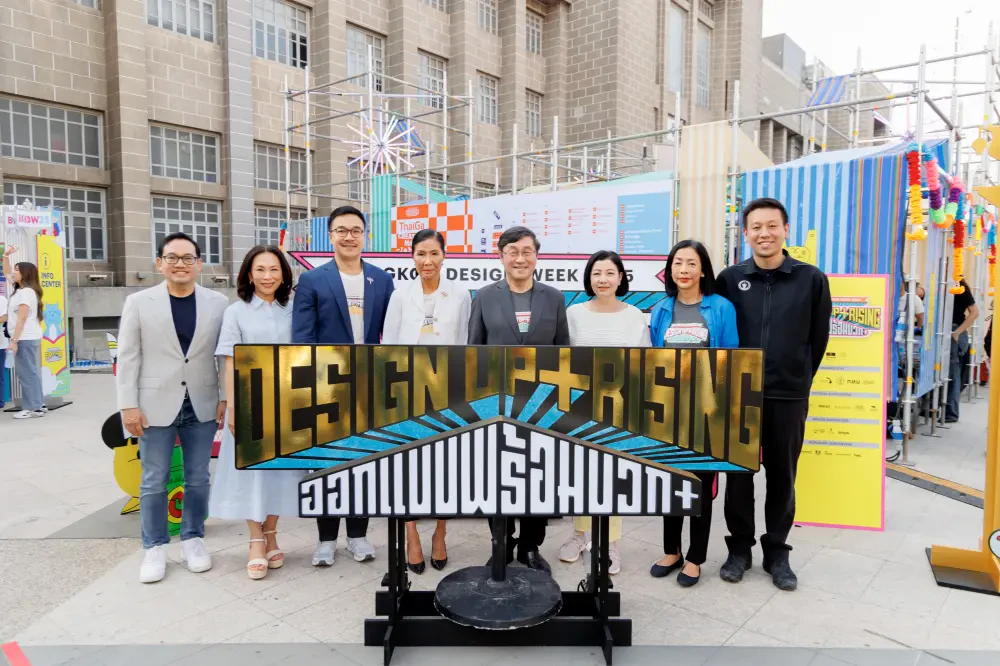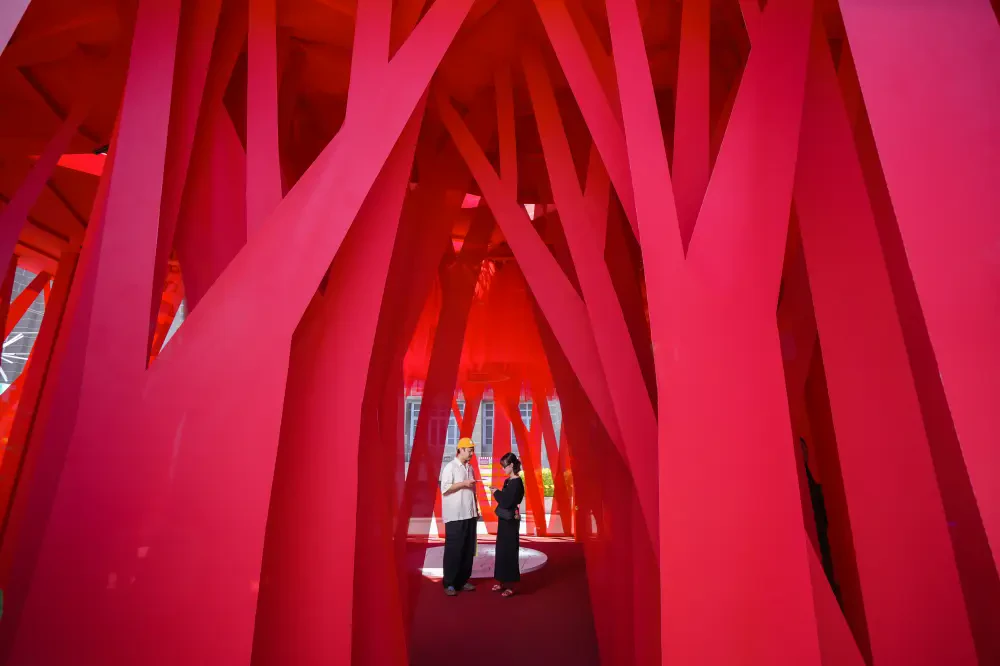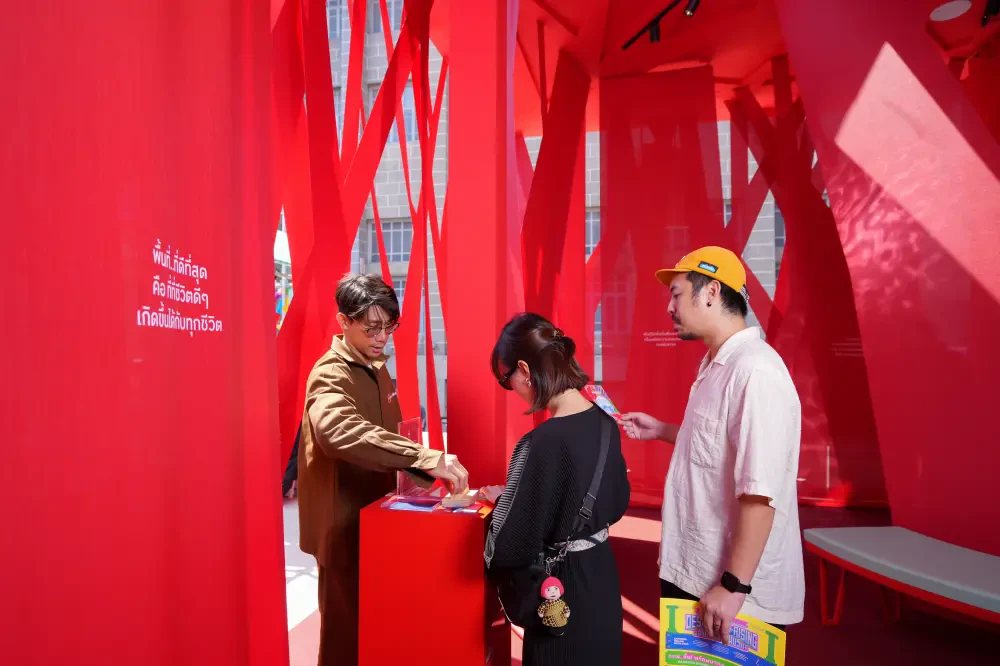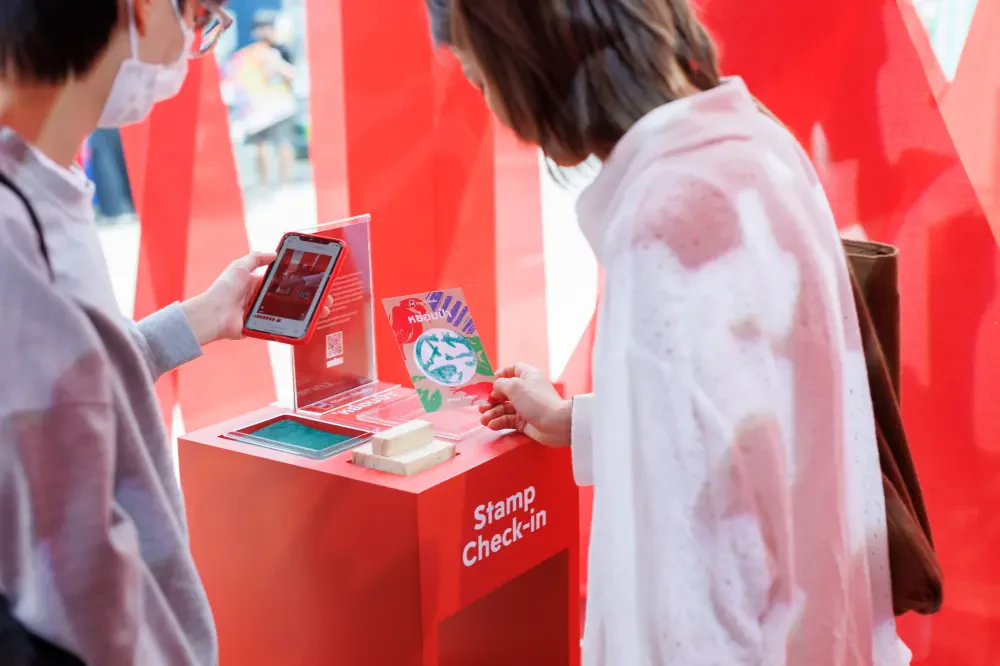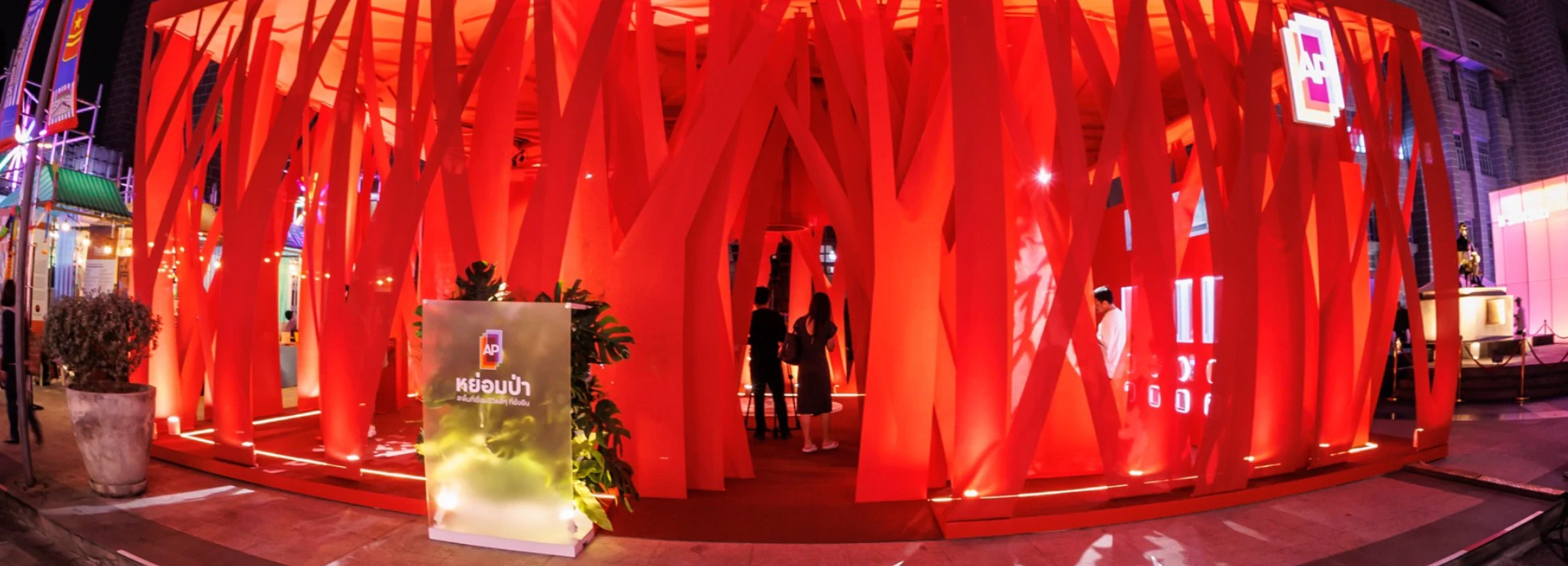
Our Activities
“Habitat Network by AP Thailand” x Bangkok Design Week 2025
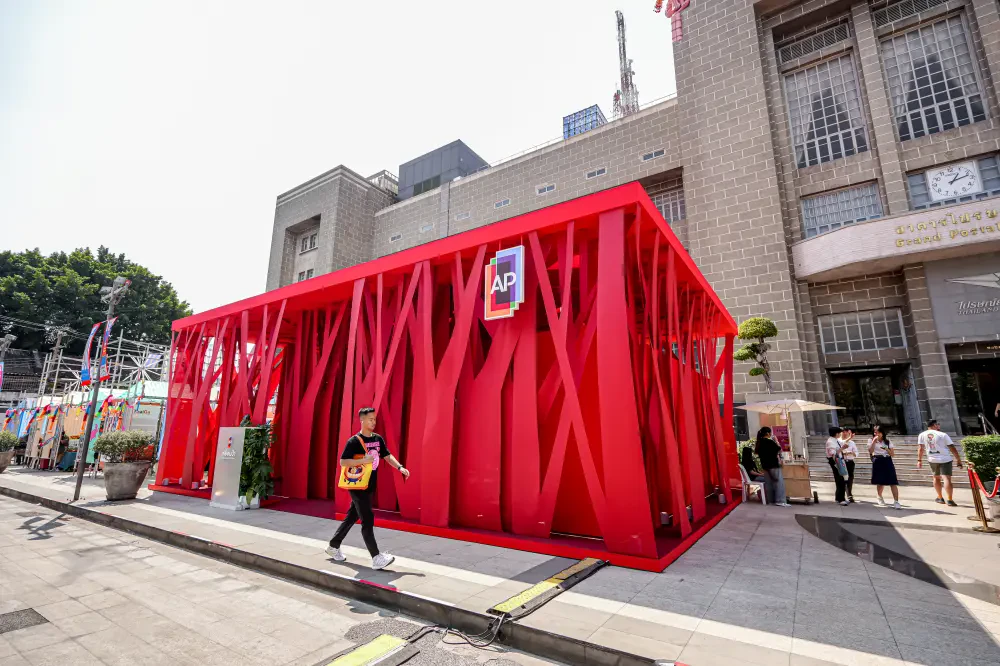
Creating green spaces right in the heart of the city is no easy feat. For property developers, it’s more than just planting trees—it’s about building small, thriving ecosystems that bring biodiversity back into urban life.
With limited space in cities like Bangkok, AP Thailand has introduced the “Habitat Network”—a series of compact green areas built into our residential projects. These green nodes aim to boost biodiversity and connect smaller green spaces across the city, offering safe havens for urban wildlife—especially birds.
Let’s Talk About the Habitat Network at BKKDW2025
We sat down with Vittakarn Chandavimol, Deputy Chief of Corporate Strategy and Creation at AP Thailand, to hear the story behind this year’s exhibit at Bangkok Design Week 2025 (BKKDW2025). Inspired by the theme “Design Up+Rising”, the showcase highlights a new way of thinking about urban green space—and how design can make it real.
Design That Makes a Difference
At AP, thoughtful design is at the heart of everything we do—from how we shape space to how we optimize it for better living. We've been collaborating with Bangkok Design Week for seven years now, and this year’s theme really resonates with us—especially when it comes to using creativity and design to create lasting change.
Our concept focuses on improving city living by bringing more green areas into urban developments. That’s why we’re proud to share our Habitat Network vision at BKKDW2025.
What Is the Habitat Network?
This year, our mission is to create spaces and services that lead to better quality of life for everyone. Green spaces improve air quality, cool down urban heat, and make the city feel more alive. And it’s not just good for people—it helps animals and the broader environment, too.
The Habitat Network is our answer: small, biodiverse green areas woven into the fabric of the city. We’ve collaborated with researchers from Mahidol University to select the right mix of plant species that attract birds, insects, and other native wildlife—bringing nature back into the city, one patch at a time.
Birds Lead the Way
Birds became our starting point. They’re easy to spot—and more importantly, they can fly across the city, connecting green spaces that are otherwise far apart. In cities, where green areas are often isolated and interrupted by roads or transit lines, flying species are the key connectors.
In some of our residential projects, we’ve already seen birds nesting in these spaces. Our partner in Japan, Mitsubishi Estate, has advanced this concept to include ground-dwelling species as well. For us, starting with birds is an important first step in building a connected green network.
Small Spaces, Big Impact
People are becoming more aware of the importance of green spaces—whether it’s planting forests in rural areas or turning private land into green zones. But we believe Bangkok deserves more green space too, right in the city where people live.
The beauty of the Habitat Network is that you don’t need a massive park. Even a small green area, when multiplied across the city, can add up to something much bigger. Our vision is to inspire people to join in—just like the “15-minute park” initiative by the city of Bangkok.
It starts with a tree. Then more trees. With enough plant diversity, insects and birds follow. And soon, you have a living, breathing pocket of biodiversity in the middle of the city.
An Exhibit That Brings It to Life
To share this idea at BKKDW2025, we teamed up with Supermachine Studio to create a unique, conceptual experience. Instead of building real forests for the show, which could disrupt nature, we focused on sustainability and designed an interactive exhibit that lets people explore the concept through imagination and play.
Visitors will journey through different “stations,” each one highlighting a key part of how the Habitat Network works. You’ll collect stamps at each stop—and once you complete the experience, you’ll get to spin a gachapon machine filled with collectible bird capsules (some rare, some secret!) that make learning about nature fun and memorable.
Growing a Habitat Network Community
Ultimately, we want to spark a movement. You don’t need a lot of space to make a difference. Even a home with just 20 square wah can become part of the Habitat Network. All it takes is a bit of creativity and care to turn your own outdoor area into a place where nature can thrive.
Birds don’t care who owns the land—they just need trees, shade, and a place to land. So whether you live in a house, condo, or apartment, we invite everyone to join the network. Together, we can make Bangkok a greener, cooler, more livable city—one small patch at a time.

